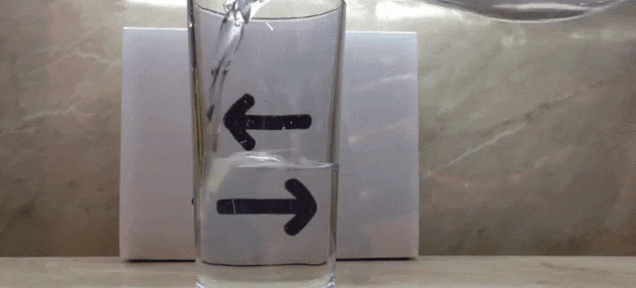
What is an Optical Illusion?
Optical Illusions can use color, light and patterns to create images that can be deceptive or misleading to our brains. The information gathered by the eye is processed by the brain, creating a perception that in reality, does not match the true image. Perception refers to the interpretation of what we take in through our eyes. Optical illusions occur because our brain is trying to interpret what we see and make sense of the world around us. Optical illusions simply trick our brains into seeing things which may or may not be real.
Try out some of these illusions and discover just how tricky it can be for your brain to accurately interpret the images from your eyes. Click on any of the images below to begin your exploration of optical illusions.

















